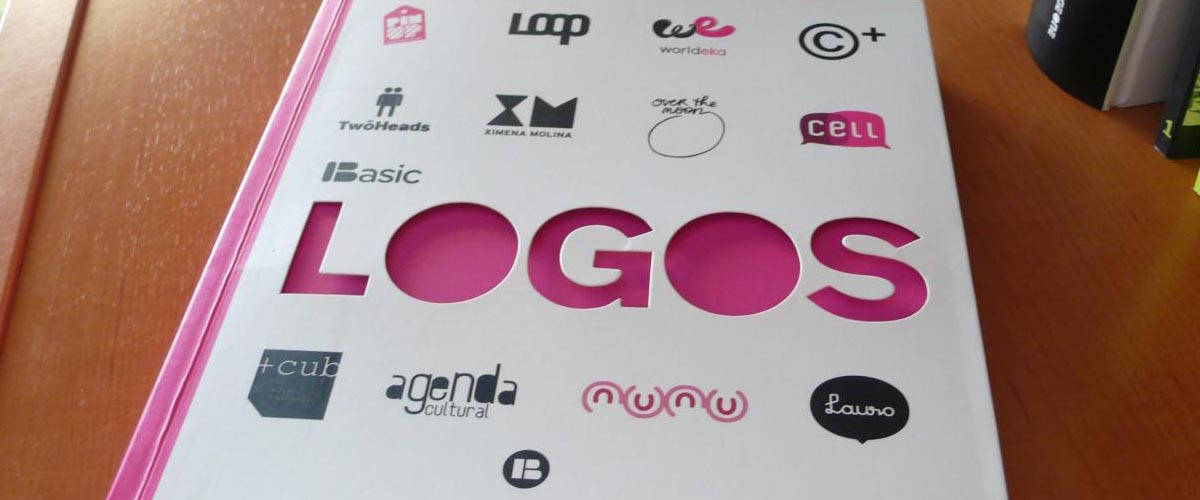
Brand image is everything. Customers prefer companies they identify with. Your brand image is the fastest way for customers to connect with you.
At SlideGenius, we’ve been working with clients since 2012 to develop their message and reach customers while staying within their established brand identity.
Relatability fosters trust, which inspires loyalty. Brand image is how the consumers perceive your brand, and this perception is derived from your brand identity.
That said, how do you determine the right identity for your brand?
Define Your Principles
Decide what kind of company you are. What makes you different from your competitors?
Identify the unique element that you can bring to the table. Before you can project the kind of image that you want to your consumers, you must know yourself first.
Ask yourself the following:
- What are your company’s mission and vision?
- What is your company’s core philosophy?
- What are your company’s critical business goals?
- Is there a key message that you want to advocate?

You need to carefully consider and answer the questions above. You are forming the foundation of your identity, the basis of the audience’s perception of your brand.
If you have the answers pat down, you can start outlining your PowerPoint.
Define Your Target Audience
After getting to know your company, the next step is determining the people you are selling to. Who is your target audience? What kind of consumers do you want to attract? What are their demographics?
Go into specifics. Take into consideration their age, their income bracket. Define all the possible data. Research your chosen audience so you can customize a strategy that will address what they want and what they need.
Once you have set the parameters on the kind of audience you would like to attract and have done the research, determine the elements that would appeal to them. Playful? Relaxed? Exclusive?
Define Your Brand’s Personality
What five words would describe you best? It’s a good time to sit and brainstorm on keywords, descriptors, adjectives that would apply to your brand. Consider the emotion or feeling that you want to evoke when people mention your brand.

Never underestimate the power of emotion, the driving force of human actions and motivations. Consumers purchase from brands they are comfortable with and have the same principles as they do.
To create a more compelling identity, take the descriptors that you have come up with and form a brand persona from there.
A persona can range from “cool hip uncle” to “health conscious millennial.” The persona you create should be consistent with your company’s core principles, mission, vision, and the type of audience that you want to attract. Keep your persona simple but significant to the message that you want to put across.

Once you have defined your brand’s principles, audience and persona, you now have a brand identity.
To reinforce the identity, design your logo, establish you company colors, craft the tone of your content and choose the typeface that will be identified with your brand.
Remember the identity that you have determined when making your visual choices, as every element will reinforce your identity.
Here at SlideGenius, our expertise in constructing PowerPoint presentations helps businesses reinforce their brand identity through presentations, content, and imagery. We’ve helped thousands of people stay true to their brand identity while helping to bring their value to their forefront of their messaging. If you find yourself struggling, contact us for a free quote today!

